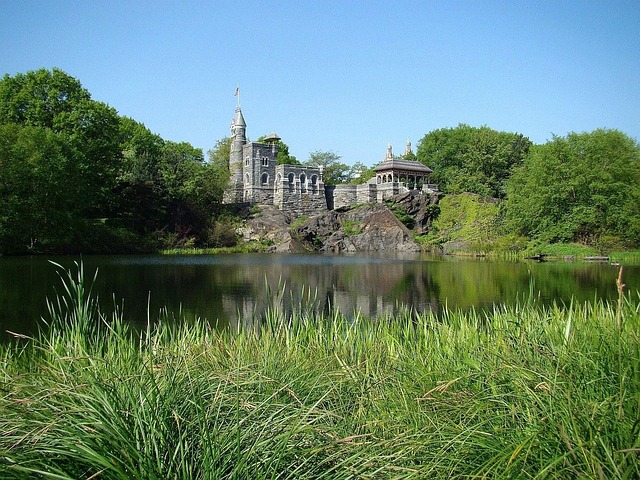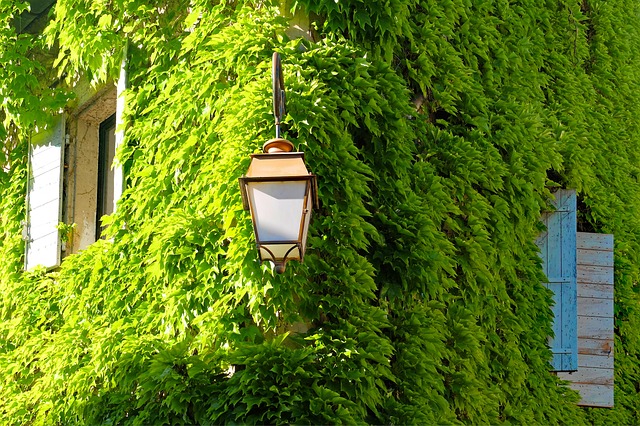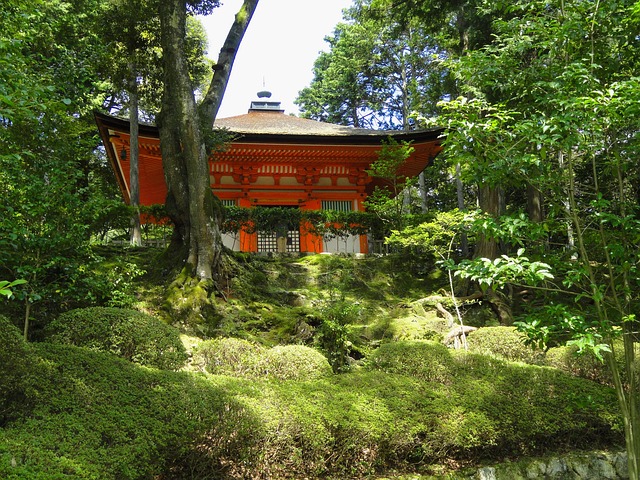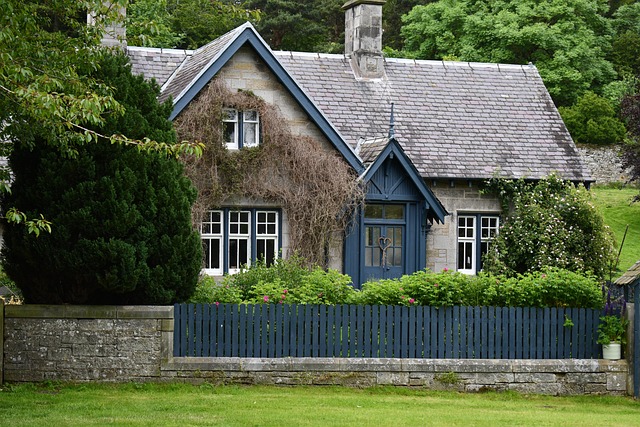In the real estate sector, innovative building design is driving sustainability by dramatically cutting energy consumption and carbon emissions. Architects and developers are adopting eco-friendly practices like natural lighting and ventilation optimization. Smart technology integration with advanced insulation, energy-efficient appliances, and programmable thermostats further enhances energy efficiency. Green roofs and vertical gardens mitigate environmental impact while offering long-term cost savings. Global case studies show impressive energy savings from solutions like solar panels and renewable energy sources, appealing to environmentally conscious buyers and tenants.
In today’s digital era, the real estate sector faces a growing imperative to reduce its carbon footprint. This article explores innovative solutions that are revolutionizing energy-efficient practices in the industry. From architectural marvels designed for minimal energy consumption to the integration of sustainable energy sources like solar and wind power, we delve into cutting-edge strategies. Additionally, smart home technologies are spotlighted for their potential to optimize energy use, with case studies showcasing successful implementations. Discover how these forward-thinking approaches not only mitigate environmental impact but also offer long-term benefits for both properties and the planet.
Innovative Building Design for Reduced Energy Consumption
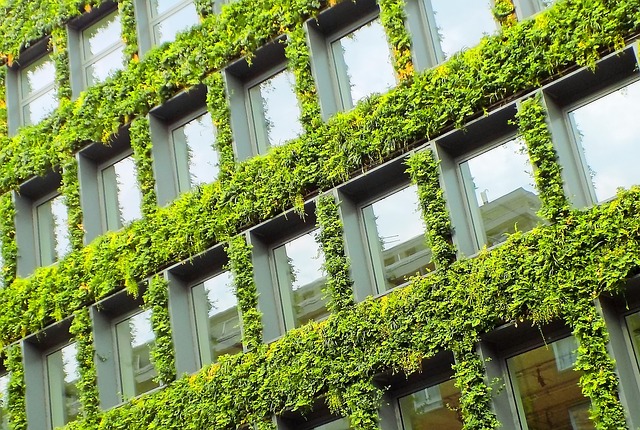
In the realm of real estate, innovative building design is playing a pivotal role in reducing energy consumption and shrinking carbon footprints. Architects and developers are increasingly adopting sustainable practices, such as incorporating natural lighting and ventilation to minimize reliance on artificial energy sources. These strategies not only decrease operating costs for tenants but also contribute to a healthier living environment.
By integrating smart technology and eco-friendly materials, modern structures are being crafted to be more energy-efficient. For instance, the use of advanced insulation, energy-efficient appliances, and programmable thermostats allows buildings to maintain optimal temperatures while using less electricity. This shift towards green architecture is not only a game-changer in terms of sustainability but also offers long-term benefits for both property owners and occupants.
– Exploring architectural strategies to minimize energy usage in real estate
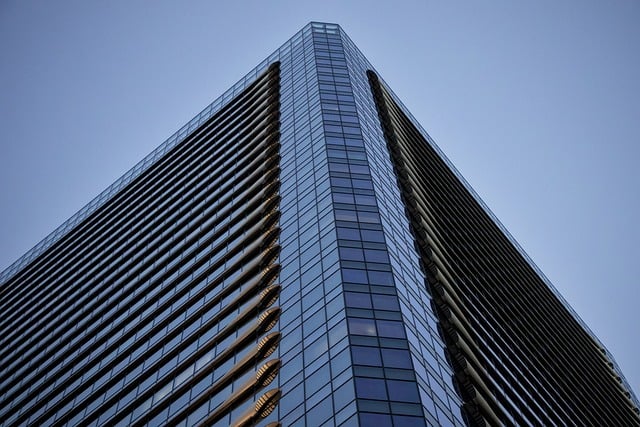
In the realm of real estate, architectural strategies play a pivotal role in minimizing energy usage and reducing carbon footprints. Designers and developers are increasingly incorporating sustainable practices into building design to create eco-friendly spaces. One key approach is optimizing natural lighting and ventilation through strategic window placement, skylights, and well-designed open plans. This not only reduces the reliance on artificial lighting and cooling systems but also enhances indoor air quality and occupant comfort.
Additionally, leveraging advanced insulation materials, energy-efficient appliances, and smart thermostats allows for significant energy savings. Green roofs and vertical gardens further contribute to sustainability by reducing the urban heat island effect and providing natural habitats for local wildlife. These architectural solutions not only benefit the environment but also offer long-term cost savings for occupants, making them attractive options in today’s real estate market.
– Case studies of energy-efficient building designs and their impact

In the realm of real estate, energy-efficient building designs are revolutionizing the way we construct and inhabit spaces. Case studies from around the globe highlight the significant impact of these innovations in reducing carbon footprints. For instance, the iconic Green Building in China has set new standards with its solar panels, green roofs, and efficient insulation, resulting in a 50% lower energy consumption compared to traditional structures. Similarly, the Edge building in Amsterdam boasts advanced automation systems and smart lighting, achieving an impressive 86% energy efficiency.
These successful implementations have not only cut down greenhouse gas emissions but also led to substantial cost savings for tenants and property owners. By integrating renewable energy sources, smart technology, and sustainable materials, developers are creating eco-friendly environments that appeal to environmentally conscious buyers and tenants. The growing popularity of such projects underscores a significant shift in the industry towards more sustainable practices in real estate development.
